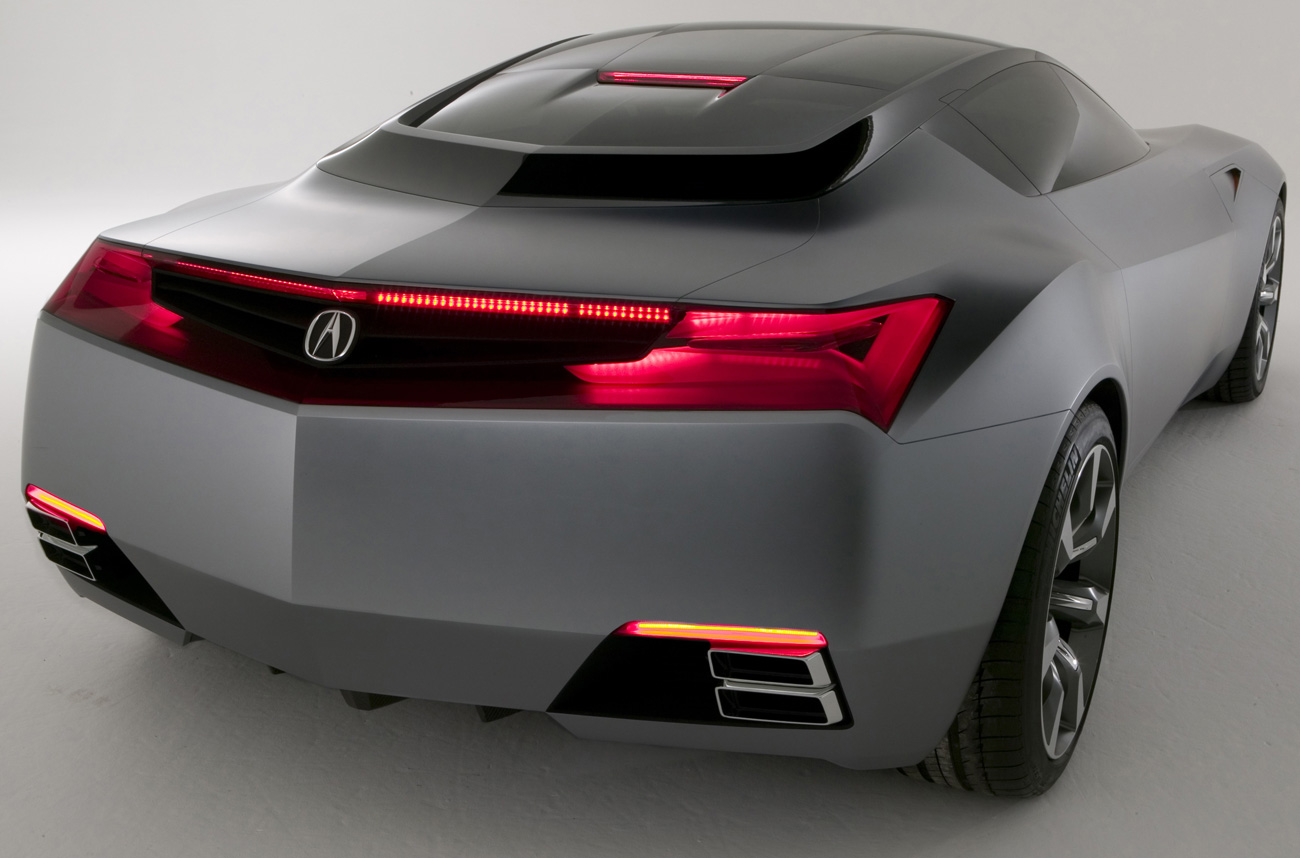WORKING MECHANISM IONIZATION PROCESS
Most fuels for internal combustion engines are liquid and will not combust easily till they are vaporized and mixed with air. Most emissions from motor vehicles consist of unburned hydrocarbon, carbon monoxide, and oxides of nitrogen. Unburned hydrocarbon and oxides of nitrogen react in the atmosphere and create smog.
Fuel mainly consists of hydrocarbons. These groupings of hydrocarbons, when flowing through a magnetic field, change their orientations of magnetization in a direction opposite to that of the magnetic field and at the same time intermolecular force is considerably reduced or depressed. These will help to disperse oil particles and to become finely divided. In addition, hydrogen ions in fuel and oxygen ions in air or steam are magnetized to form magnetic domains which will assist in atomizing fuel into finer particles.
FEATURES AND BENIFITS 25% OF FEUL SAVING AND MORE
Guaranteed mileage improvement Protects and prolongs engine parts Smoother engine operation (Less vibration & noise- the most immediate sensation) Rapid payback Improves power and torque Reduced visible black smog & toxic gas emission Easy installation without tools (DIY) Works on diesel and petrol No modification of fuel line
 Intrested to Order Pls email to matcargo@gmail.com
Eco Power Feul Saver 1 Set RM 168.00 / USD 47.90
Intrested to Order Pls email to matcargo@gmail.com
Eco Power Feul Saver 1 Set RM 168.00 / USD 47.90








1 comments:
Thanks for the ideas. There's always something new to learn and improve on in this mad internet world. Uptiming is surely something to keep an eye on. power saver
Post a Comment